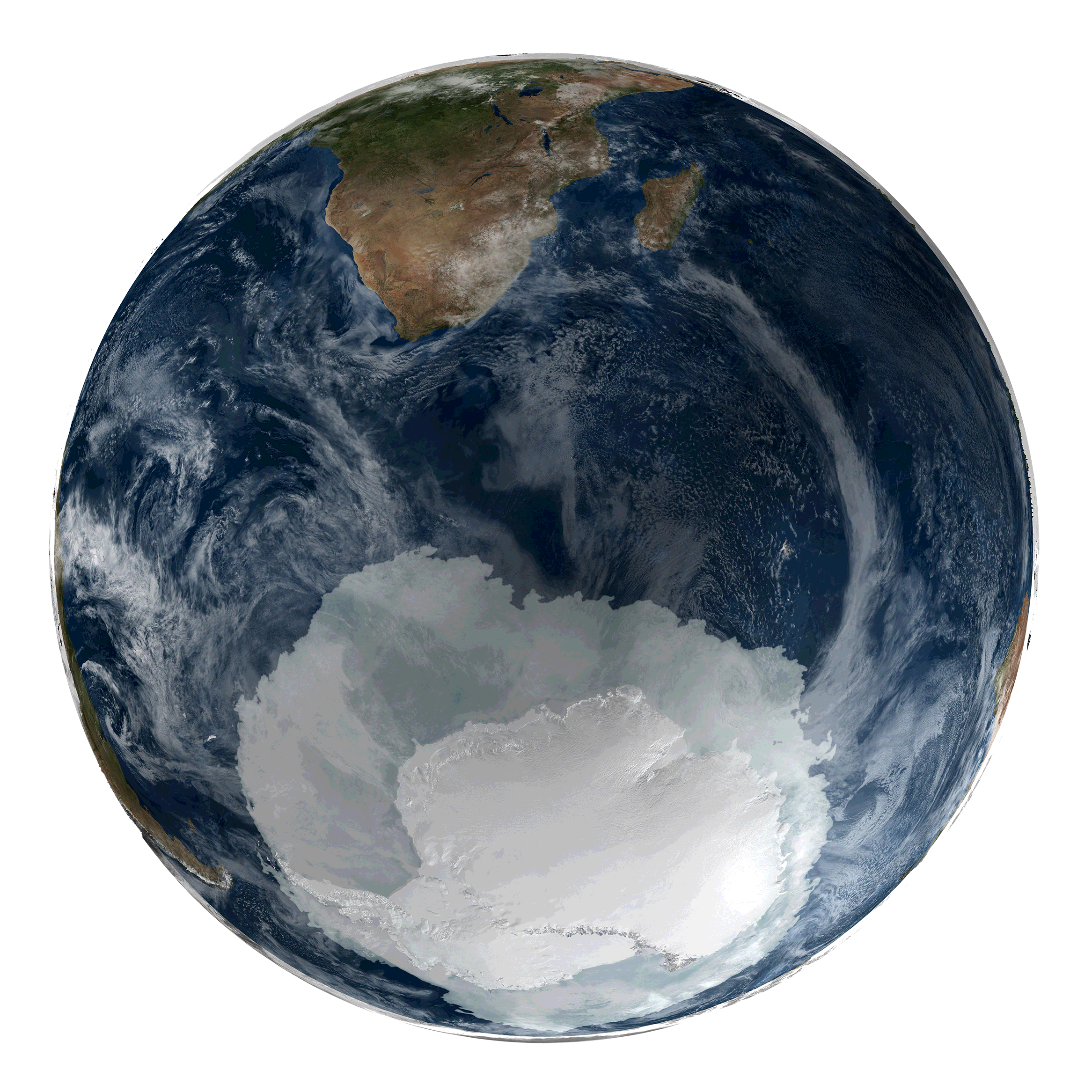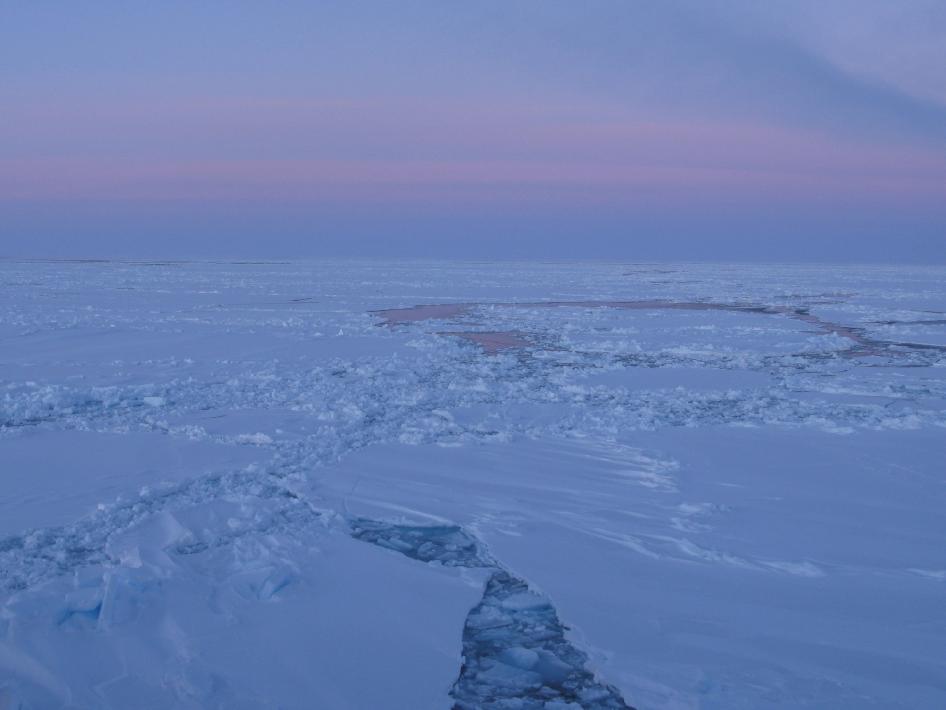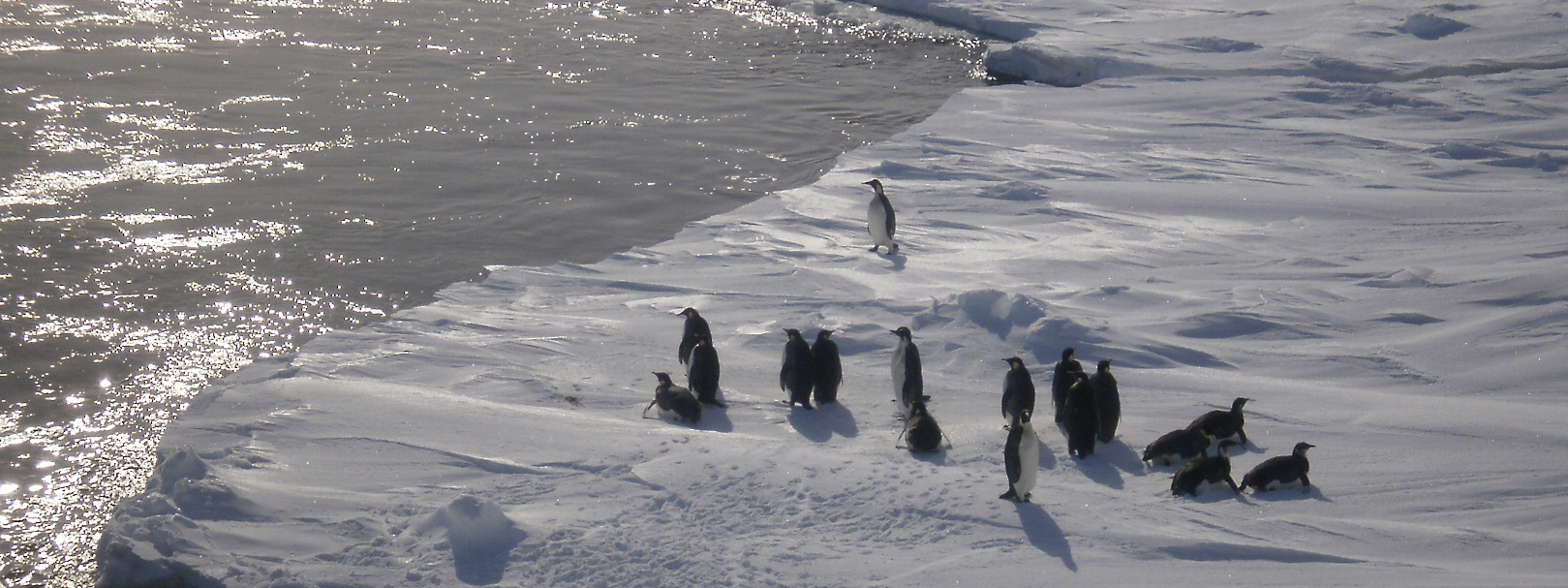Summary for a general audience

Antarctica is a continent located at the South Pole (Fig. 1). This is an isolated and harshed area where the temperatures reach the lowest values on Earth. Antarctica is surrounded by an annular ocean called the Southern Ocean, which connects together the Indian, the Pacific and the Atlantic Oceans. A thick layer of ice (more than 1 km thick) covers Antarctica. This layer of ice is called the Antarctic ice sheet and results from the accumulation of snow falling on the land. Pieces of the ice sheet sometimes fall into the ocean and form the icebergs (Fig. 2).

The icebergs should not get mixed up with the sea ice which is the very focus of the PREDANTAR project. Sea ice (Fig. 3) consists of a thin layer of ice at the ocean surface resulting from the freezing of the sea water. The sea ice cover is generally characterized by its concentration (the fraction of the surface at a given place covered by sea ice, expressed between 0 and 1 or in percent), its thickness and its extent (the total surface of the zones where the sea ice concentration reaches 15%). On average between 1979 and 2010, the sea ice around Antarctica ranges from a minimum extent of 3.1 million km2 in February and a maximum extent of 18.5 million km2 in September.













